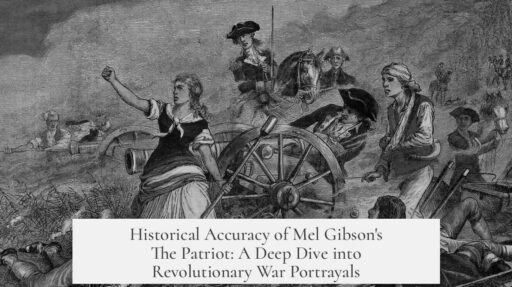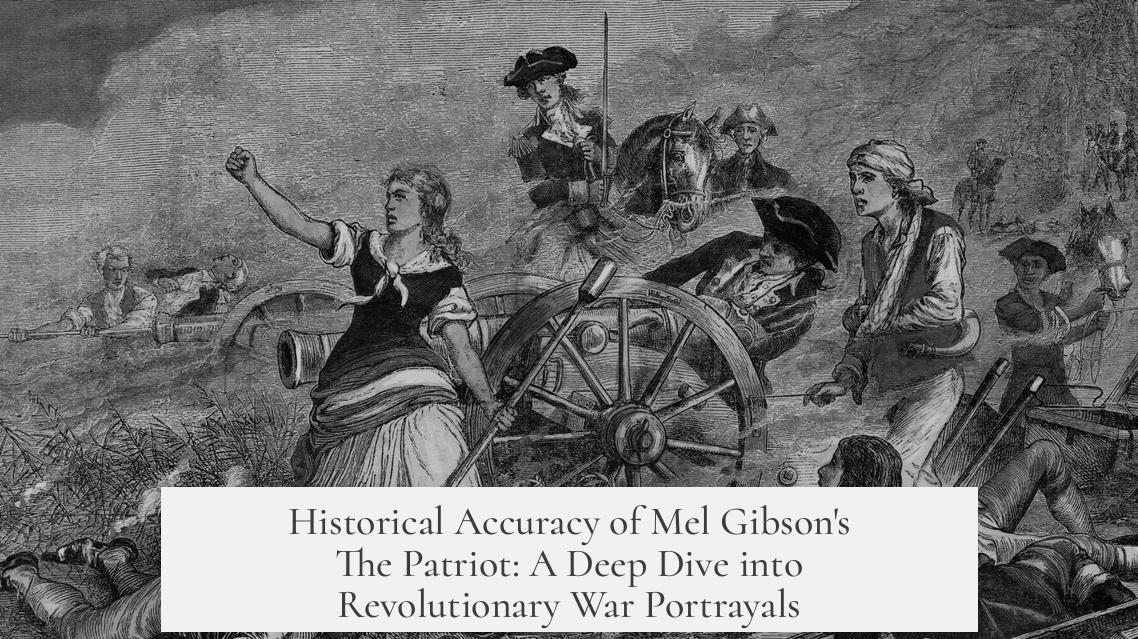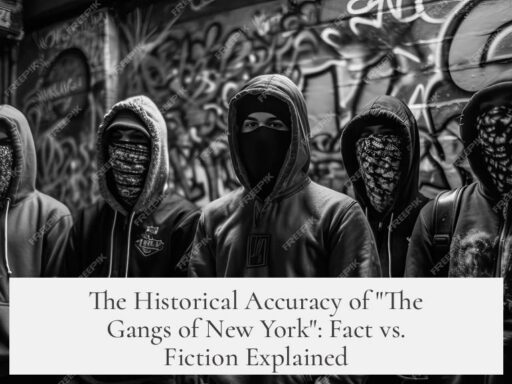The Mel Gibson movie The Patriot (2000) is widely criticized for its poor historical accuracy, especially from a scholarly and factual perspective. The director pursued a particular dramatic vision that often took precedence over fidelity to historical events. This movie focuses mainly on the Southern theater of the American Revolutionary War and loosely captures some episodes but greatly distorts others. The film’s historical representation rarely aligns fully with the complex realities of the Southern Campaign.
The main character, Benjamin Martin, serves as a fictional composite figure rather than a historical individual. He is commonly understood to be an amalgam of Francis Marion, known as the “Swamp Fox,” and Daniel Morgan, a respected militia leader. This blending simplifies and romanticizes the nuanced experiences of multiple real leaders into a single heroic persona. Similarly, the antagonist William Tavington is based on the real British officer Banastre Tarleton but with considerable fictional alterations. The filmmakers reportedly renamed him to allow a grisly death scene not tied to Tarleton’s actual fate. In reality, Tarleton survived the war, returned to England, and became a member of Parliament, contrasting sharply with the film’s depiction of violent retribution.
The battle scenes receive mixed reviews for accuracy. The Battle of Camden is recognized as the most realistically portrayed engagement. The chaos, rapid pace, and disorganization of the battle are captured well, reflecting General Gates’ failed attack and the fragile condition of the American forces. These troops were often poorly supplied and inexperienced—a dynamic conveyed through the weary expressions of the American militia compared to the disciplined British regulars. The film’s portrayal of light infantry skirmishes before the main fight also aligns with historic accounts.
However, other battles are less precise. The concluding battle in the film combines elements from both the Battle of Cowpens and the Battle of Guilford Court House, rather than representing one specific encounter. Critics note the filmmakers missed an opportunity to conclude with Cowpens, a clear American victory, instead muddling details to suit narrative needs. The depiction of the militia the film opens with—initially fleeing the battle and later learning to hold ground—is a realistic nod to the Continental Army’s transformation from undisciplined volunteers to an effective fighting force.
The film’s portrayal of atrocities and brutality during the Southern Campaign contains both truths and fabrications. The war’s Southern theater indeed involved intense, brutal fighting between Patriots and Loyalists, often splitting communities and families. Historical records document severe acts of violence, including killing noncombatants, underscoring the civil-war-like aspects of the conflict. Nevertheless, some dramatized atrocities shown in The Patriot, such as the burning of a church with people inside, never actually occurred. Such fabrications serve to heighten drama but misrepresent the historical record. If such an event had happened, it would be well-documented and widely remembered given its propaganda potential.
Overall, while the film gestures toward the historical context of the Southern Campaign, it simplifies complex events and ignores some critical figures. Notable historical leaders who could have enriched the story include British Major Patrick Ferguson, American General Nathanael Greene, and Lord Rawdon, who commanded British forces in the South after Cornwallis’ defeat. Their absence leaves key dynamics of the Southern theatre unexplored.
| Aspect | Accuracy | Details |
|---|---|---|
| Character Portrayal | Low | Main figures are composites or fictional; antagonist renamed and given false death. |
| Battle of Camden | High | Portrayed chaotic, fast, with poor American preparation accurately. |
| Final Battle (Cowpens/Guilford Mix) | Moderate | Combines battles, loses clarity and detailed portrayal of decisive American win. |
| Atrocities and Brutality | Mixed | Reflects civil war nature but fictionalizes extreme events like church burning. |
| Southern Campaign Context | Partial | Ignores some historical leaders and events for narrative simplicity. |
The Patriot captures the spirit and some harsh realities of the Southern theater but sacrifices historical rigor for drama. Its characters serve dramatic rather than documentary needs. Battles blend fact with cinematic license. Atrocities are used for emotional weight rather than accuracy. Overall, it offers an engaging but flawed portrayal of a pivotal period.
- The film’s main character is a composite, not a real person.
- The Battle of Camden is the most accurately shown battle.
- Final battle combines Cowpens and Guilford Court House events.
- Some depicted atrocities, like the church burning, did not occur.
- Key historical figures of the Southern Campaign are omitted.
Unpacking the Historical Accuracy of Mel Gibson’s The Patriot (2000)

The straightforward answer? The Patriot is a terrible history teacher. Mel Gibson’s 2000 film wrapped itself in Revolutionary War garb but stumbled hard when it comes to historical precision. Why? Because, at its core, the movie chose dramatic flair over factual accuracy. The director pursued a vivid vision, but that vision diverged sharply from true history.
So, what about the historical facts? And how much of the movie is Hollywood hype versus genuine history? Let’s dive in.
The Challenge of Portraying the American Revolution
War films always toe a thin line: they must entertain yet respect history. The American Revolutionary War is especially tricky as its timeline stretches years, with countless battles and political shifts. Most war films pick one key battle or moment to focus on.
The Patriot zeroes in on the Southern theater of the war, roughly spanning events from 1775 to 1780, including places like Charleston. But it takes liberties — sometimes wide ones.
Composite Characters – Who’s Who?
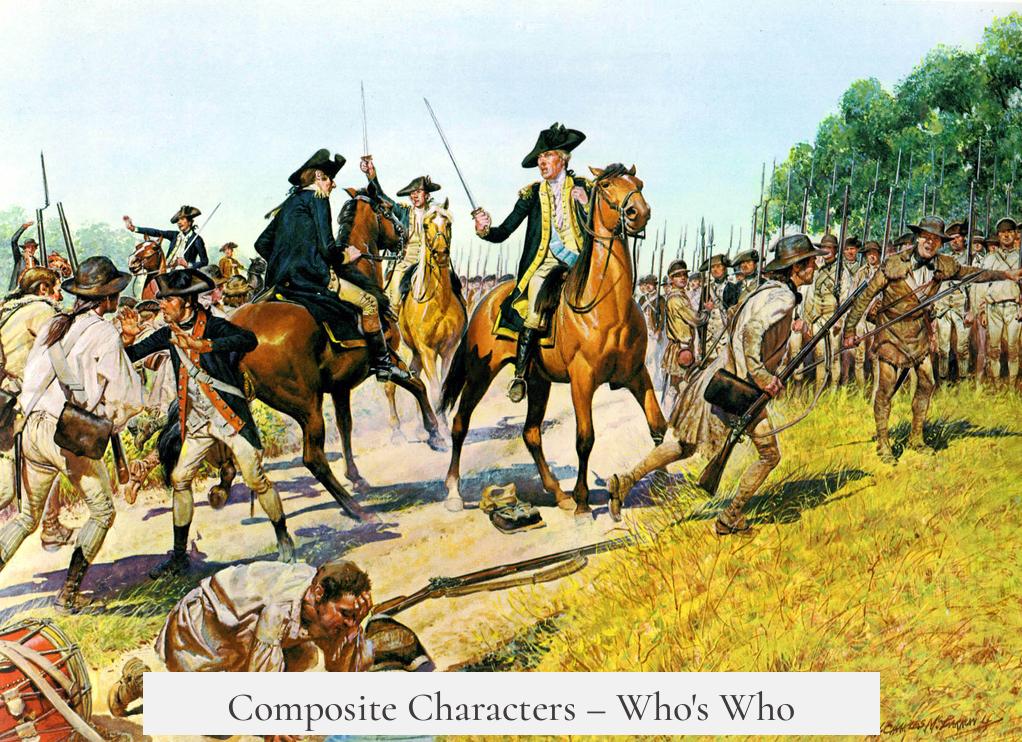
Mel Gibson’s character, Benjamin Martin, isn’t a real guy. Instead, he’s a composite. Imagine mixing history’s Francis Marion (nicknamed the “Swamp Fox”) with Daniel Morgan, and you’ve got Martin. The film borrows traits from both and serves them up in one rugged package. This blended approach packs narrative punch but muddies the historical waters.
As for the villain, William Tavington, he’s a twisted version of British officer Banastre Tarleton. Tarleton was infamous, but the movie exaggerates his brutality. Here’s a fun fact: Tarleton survived the war, went back to England, and even earned a seat in Parliament. Meanwhile, Gibson’s Tavington meets a gruesome fate—probably because, let’s be honest, the scriptwriters wanted a dramatic climax with a bayonet throat jab.
Hollywood loves drama and over-the-top characters. But it turns real people into caricatures.
Battlefield Reality Check
The depiction of battles in The Patriot is a mixed bag. The Battle of Camden plays out fairly realistically. The chaos and confusion of that fight are captured well — Americans firing the first volley but failing to reload promptly, leading to disaster. The sluggish American army is portrayed as weary and worn-out, which aligns with how historians describe the troops’ condition. They’re up against well-trained, confident British soldiers marching to a steady drumbeat.
Other battles, however, blur together. The movie’s climax is an amalgamation of the Battle of Cowpens and Guilford Courthouse. Cowpens was a decisive American victory—a masterclass in strategy—while Guilford Courthouse was more of a tactical draw with heavy British losses. By blending these into one final fight, the film loses some historical sharpness but gains a cinematic crescendo.
The early scenes showing militia running from battle highlight the early struggles of the Continental Army. This balanced perspective acknowledges how the militia evolved from ragtag boys-in-the-woods to disciplined soldiers capable of facing the redcoats.
Atrocities: Fact and Fiction
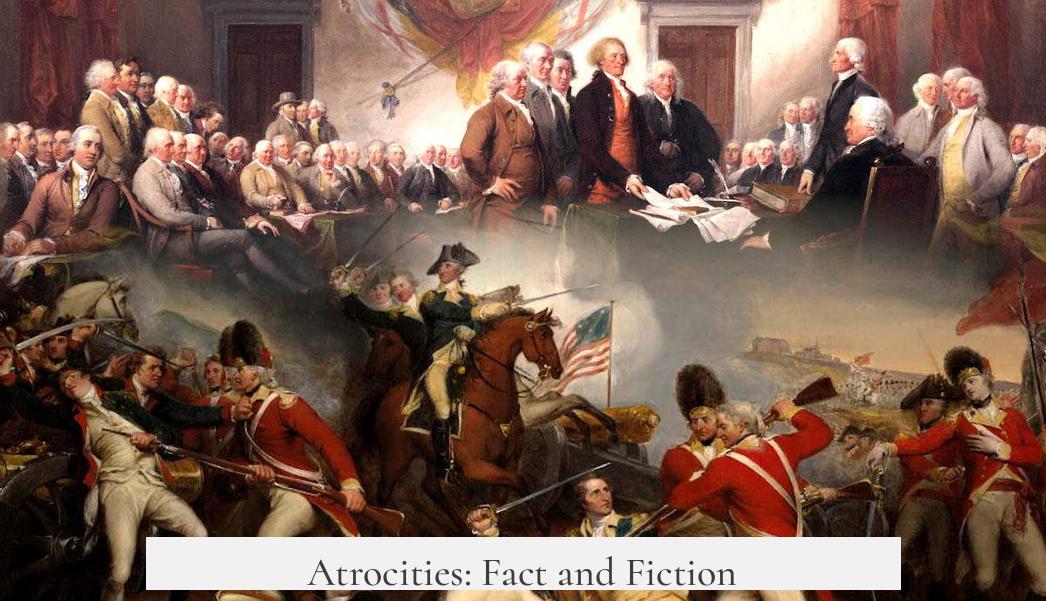
Now, about those gut-wrenching atrocities depicted in the film, like the burning of the church filled with civilians. That’s Hollywood-made horror, not history. If the British had really incinerated a whole church with townsfolk inside, you can bet Americans would have campaigned about it forever. No such incident exists in primary sources.
That said, the Southern campaign was brutal. It felt more like a civil war within a war—Patriot militias clashed with Loyalists in vicious, personal battles. Some accounts describe horrifying acts committed by both sides. While the movie exaggerates some events, it hints at the fierce internecine fighting that marked this campaign.
What the Movie Missed
Given the Southern focus, the film could have done better by including real historical heavyweights like Major Patrick Ferguson, American General Nathanael Greene, or even Lord Rawdon, who took command after Cornwallis’s defeat. Their stories might have made the plot richer and grounded it further in history.
So What’s the Bottom Line?
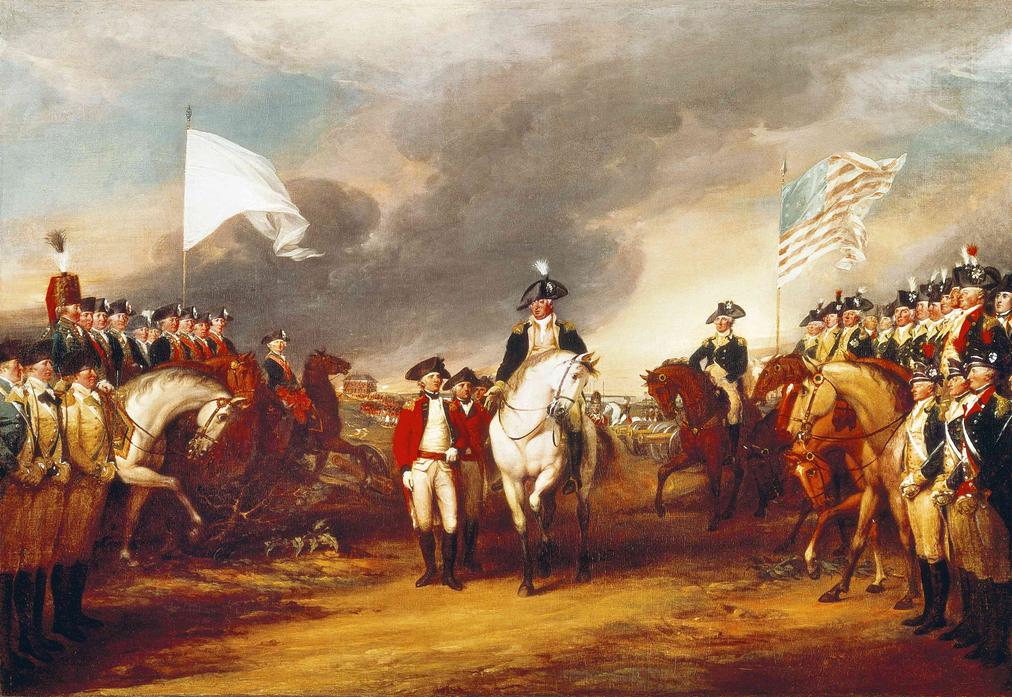
If you’re hoping to watch The Patriot to learn about the American Revolution, temper your expectations. It’s an entertaining narrative, but it’s a rocky guide to history. The filmmakers prioritized story and spectacle over accuracy. Yet, some battle scenes, like Camden, earn praise for their raw authenticity, and the film does offer glimpses into the challenges of the Continental Army’s evolution.
Wondering if historical movies can ever balance fact and fun? It’s tricky but possible. Films like Gettysburg excel by sticking to documented events and characters. Mel Gibson’s version tosses facts around to serve a vigilante revenge plot. This choice sacrifices nuance.
How to Watch The Patriot Wisely
- Enjoy the exciting moments and action sequences for what they are—cinematic thrill rides.
- Use the film as a springboard to research real Revolutionary War heroes like Francis Marion and Dan Morgan.
- Compare the battles shown with actual historical records to appreciate the distinctions.
- Recognize the film’s dramatization especially when it comes to characters and atrocities portrayed.
Don’t let the romanticized story fool you into believing it’s a documentary. It’s a Hollywood blockbuster with a hefty dose of war drama sprinkled with revisionism.
Final Thoughts
History buffs might groan at the liberties taken, but The Patriot sparks interest in an often overlooked Southern front of the Revolution. It dramatizes the passion and brutality of the era, even if the details get fuzzy. Want to honor the real heroes? Read up on Marion and Morgan, dig into the Southern campaign’s tangled loyalties, and savor the actual, messy battlefield stories.
Movies like The Patriot remind us history can be thrilling—but it deserves its accurate telling. So, grab a history book alongside that popcorn. Your brain will thank you.
